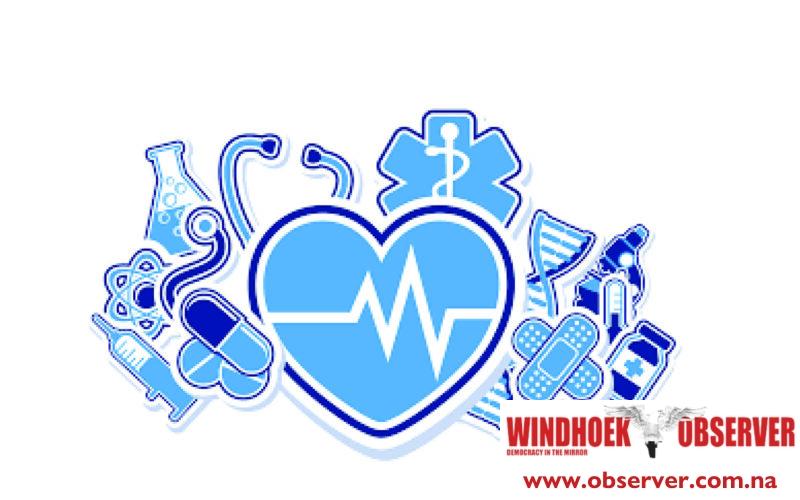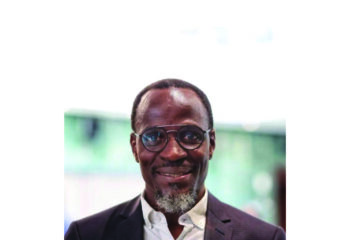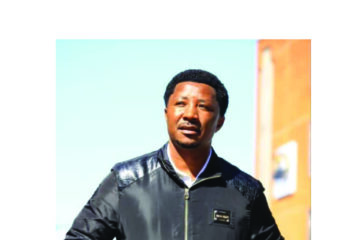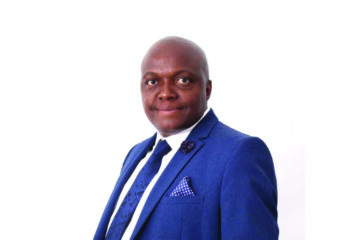Public healthcare is one of those topics that touches everyone at some point in life. Whether you have visited a clinic for a minor flu or accompanied a family member to a hospital, the experience stays with you. For many young Namibians, the state of public healthcare is a reflection of the broader challenges the nation faces — from inequality to resource shortages to the quiet heroism of health workers who keep showing up. It is a system filled with contradictions: frustration and hope, neglect and compassion, struggle and survival.
Healthcare does not exist in isolation. It often mirrors the values and priorities of the society it serves. When young people walk into overcrowded clinics and see patients waiting for hours, they are not only witnessing a shortage of medicine or doctors; what they are seeing are the consequences of economic gaps, limited infrastructure and sometimes, policy action at a snail’s pace. Public healthcare is a national mirror. What it shows is not always flattering, but it is honest.
For many, a visit to a public hospital begins long before seeing a doctor. It starts with the early morning bus ride, the long queue and the quiet resignation that it might take the whole day. Yet, even in that chaos, there is a kind of unspoken solidarity. People share benches, stories and even food while waiting. It is one of those spaces where social class momentarily disappears. Whether you are a student or an elderly person, everyone is equal in that line.
Young people view healthcare through a unique lens. They see it not only as patients but also as future professionals, taxpayers and advocates. They are growing up in a world where health means more than survival; it means well-being, mental balance and dignity. Many young people today care about preventive healthcare, fitness, nutrition and mental health. However, their experience in public healthcare systems often clashes with these modern ideas. Long waits, limited privacy and shortages of medication make it difficult to trust the system fully.
Despite these frustrations, there is also a generation that wants to change the narrative. Young nurses, medical students and volunteers across the country continue to show commitment and compassion under difficult conditions. They represent the possibility of a more caring and efficient future, one that combines modern thinking with traditional empathy.
The condition of healthcare facilities tells a powerful story. Some urban hospitals are relatively well equipped, while many rural clinics still lack basics like clean water or reliable electricity. This urban-rural divide is one of the biggest challenges in creating equality in healthcare. A young person in a rural area might travel long distances just to receive basic treatment. By the time they arrive, exhaustion and cost become part of their illness.
It is not only about buildings or beds. It is also about systems. When technology fails or when record-keeping is done manually, small errors can cause big consequences. Improving healthcare infrastructure is not just about building more hospitals but also about building smarter ones with digital records, better logistics and reliable supply chains for medication.
Behind every clinic desk and hospital corridor is a person, often overworked and underpaid, although still trying. Healthcare workers are the heartbeat of the system. For many young patients, their interactions with nurses and doctors shape their entire view of healthcare. When treated with kindness and respect, even a long wait feels bearable. But when ignored or dismissed, it deepens mistrust.
It is important to recognise that most healthcare workers operate under immense pressure. One nurse may handle dozens of patients in a single shift. A young doctor may have to make life-changing decisions without access to the latest equipment. These challenges are not excuses for poor service, but they are reminders that compassion must flow in both directions, from patient to professional and from professional to patient.
Public healthcare often focuses on physical illness, but young people today understand that health is also emotional and psychological. Depression, anxiety, and stress are common, yet many public facilities still lack trained counsellors or safe spaces for young people to talk about mental health. When a teenager or university student finally gathers the courage to seek help and finds no one to talk to, it discourages future attempts.
Integrating mental health into public healthcare is not an option anymore; it is a necessity. Awareness campaigns, school-based support systems and trained counsellors in clinics can make a difference. For young people, access to mental health care is as important as access to medicine.
Although public healthcare is supposed to be affordable, there are still hidden costs. Transport, medication shortages that force patients to buy from private pharmacies and lost working hours all add up. For unemployed youth, even these indirect expenses can be overwhelming. This is where health insurance schemes and targeted youth health programmes can help bridge the gap.
Affordable healthcare is not just about saving money but about dignity. No one should have to choose between buying food and paying for treatment. A strong healthcare system protects citizens from that impossible choice.
The youth are digital natives. They believe that technology can fix almost anything, and in some cases, it can. Digital tools can transform how healthcare works. From appointment systems to patient records and telemedicine. If used properly, they can reduce queues, save time and improve accountability.
Imagine a Namibia where patients can book appointments online, access their medical information securely and consult doctors through video calls in remote areas. It is not a fantasy; it is already happening in other parts of Africa. The challenge is not possibility, but prioritisation. Investment in digital healthcare would not only modernise the system but also make it more accessible to the generation that lives on smartphones.
Many of the illnesses treated in hospitals could be prevented through better community health education. Young people can play a major role here. From awareness campaigns about hygiene and nutrition to encouraging regular check-ups, youth-led initiatives can help shift the culture from cure to prevention.
Public healthcare should not only be a safety net for when people fall sick but also a support system that keeps people healthy. Schools, youth organisations, and social media platforms can all be used to spread messages about wellness and early detection.
Perhaps the biggest challenge in public healthcare is not resources or technology, but trust. Many people approach hospitals expecting disappointment. They assume that service will be slow, that medicine will be out of stock, or that staff will be unkind. Changing this mindset requires consistency and communication. When people start seeing improvements such as cleaner facilities, faster service, and respectful staff, then the trust slowly returns.
Young people, as both citizens and future leaders, have a role to play in demanding accountability while also showing understanding. The healthcare system cannot fix itself overnight, but collective effort can move it forward. From volunteering to policy advocacy, there are many ways to help rebuild faith in the system.
Public healthcare is not just about doctors and buildings. It is about people, values, and priorities. For young Namibians, it represents both a frustration and a promise; a frustration because it still falls short of what it should be, and a promise because they know it can be better.
The state of public healthcare is ultimately a reflection of who we are as a society. If we care enough to demand better, support workers, and invest in long-term improvements, the change will come. The youth are the most important voices in this journey because they are both today’s patients and tomorrow’s policymakers.
The future of healthcare depends not only on what the government builds but also on what the people believe is possible. When young people see healthcare as their right, their responsibility and their shared cause, that is when true healing begins, not only in hospitals, but in the nation itself.




